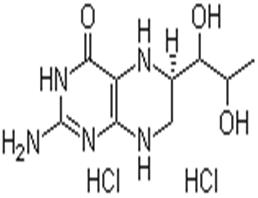(6R)-5,6,7,8-四氢-L-生物喋呤二盐酸
(6R)-5,6,7,8-Tetrahydro-L-biopterin dihydrochloride
69056-38-8
69056-38-8
上海 更新日期:2025-12-19
产品详情:
- 中文名称:
- (6R)-5,6,7,8-四氢-L-生物喋呤二盐酸
- 英文名称:
- (6R)-5,6,7,8-Tetrahydro-L-biopterin dihydrochloride
- CAS号:
- 69056-38-8
- 品牌:
- Chemleader
- 产地:
- 上海
- 纯度规格:
- 98%
公司简介
凯立德生物医药是一家专门从事化学定制合成,医药中间体以及新药研发的外向型企业。公司坚持以科技创新为动力,以市场需求为导向,产品涵盖医药原料,医药中间体,天然产物,手性化合物,药物研究试剂等。同时致力于为国内外知名药企,科研机构及高校提供新型和高附加值的医药原料、医药中间体及天然产物的订制合成服务。
公司自成立以来,始终坚持客户至上的经营理念,不断进取,赢得了国内外客户的好评与信任,并与其建立了长期稳定的业务关系。公司将一如既往的以严格的质量管理体系,稳定的产品质量为客户提供优质的产品和服务。
ChemLeader Biomedical is a professional manufacturer and supplier of New Advanced Pharmaceutical Intermediates, Active Pharmaceutical Ingredients (API) & Drug Impurities.
ChemLeader mainly manufactures & supplies pharmaceutical Intermediates, API & Drug Impurities, Nutri-Health Supplements, and Cosmetic Ingredients.
| 成立日期 | (16年) |
| 注册资本 | 100万人民币 |
| 员工人数 | 10-50人 |
| 年营业额 | ¥ 500万-1000万 |
| 经营模式 | 工厂,试剂,定制,服务 |
| 主营行业 | 医药中间体,生化试剂,生物活性小分子,同位素试剂,分子砌块 |
(6R)-5,6,7,8-四氢-L-生物喋呤二盐酸相关厂家报价 更多
-

- (6R)-5,6,7,8-四氢生物蝶呤二盐酸盐 69056-38-8
- 成都彼样生物科技有限公司 VIP
- 2025-12-24
- 询价
-
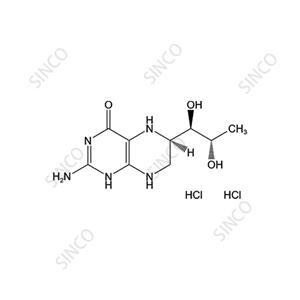
- 沙丙蝶呤二盐酸盐
- 深圳菲斯生物科技有限公司 VIP
- 2025-12-24
- 询价
-
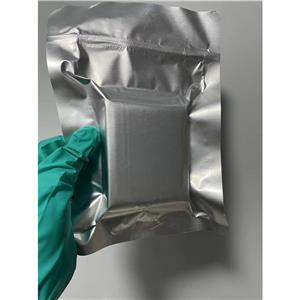
- 沙丙蝶呤二盐酸盐,69056-38-8,四氢生物蝶呤,盐酸沙丙蝶呤
- 武汉普世达生物科技有限公司 VIP
- 2025-12-24
- ¥200000
-
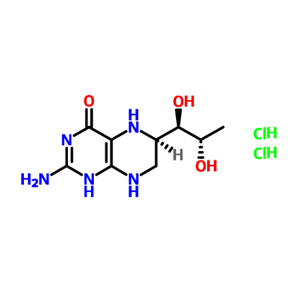
- (6R)-5,6,7,8-四氢-L-生物喋呤二盐酸盐
- 陕西缔都医药化工有限公司 VIP
- 2025-12-23
- 询价
-
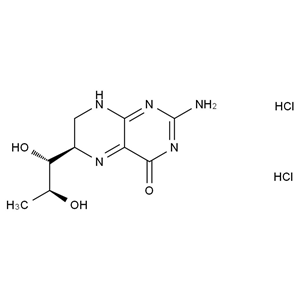
- CATO_盐酸沙丙蝶呤_69056-38-8_97%
- 广州佳途科技股份有限公司 VIP
- 2025-12-22
- 询价
-
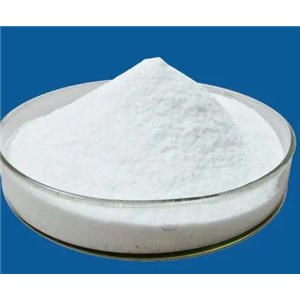
- (6R)-5,6,7,8-四氢生物蝶呤 二盐酸盐;69056-38-8
- 普善实业(陕西)有限公司 VIP
- 2025-12-22
- 询价
-
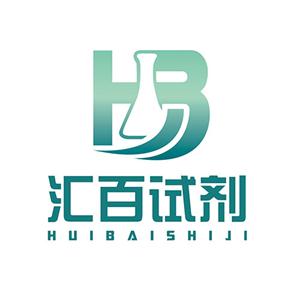
- 四氢生物蝶呤
- 湖南汇百侍生物科技有限公司 VIP
- 2025-12-08
- ¥1800
-

- 盐酸沙丙蝶呤|T7117|TargetMol
- 上海陶术生物科技有限公司 VIP
- 2025-10-31
- ¥255
-
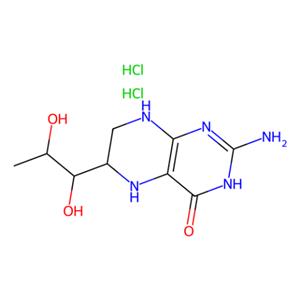
- aladdin 阿拉丁 S304404 (6R)-5,6,7,8-四氢生物蝶呤 二盐酸盐 69056-38-8 98%
- 上海阿拉丁生化科技股份有限公司 VIP
- 2025-05-16
- ¥769.90
-
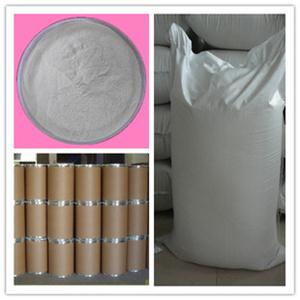
- 四氢-L-生物喋呤
- 南京克莱森医药化工有限公司
- 2022-04-14
- 询价

